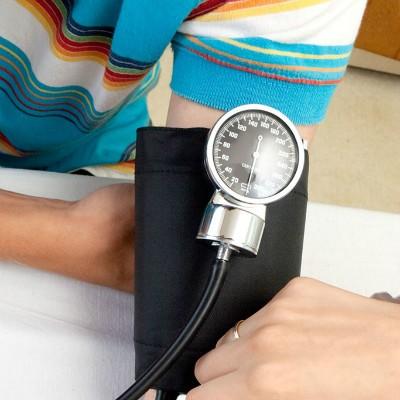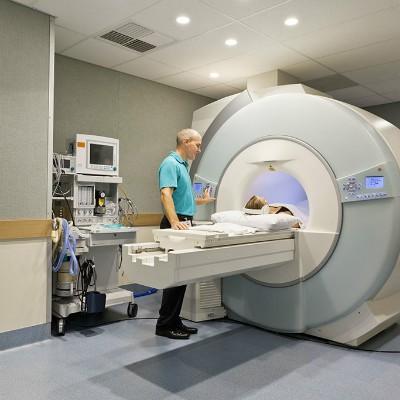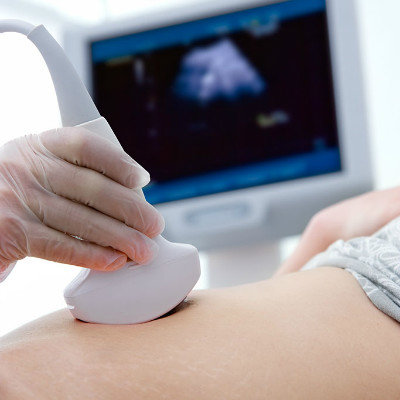Methods of checking cervical spondylosis
summary
Cervical spondylosis generally has a mild onset, most of them can recover by themselves, but there are also a few people who do not pay attention to this disease, resulting in long-term treatment and relapse. If suspected, this disease should be prevented and treated in advance. Here we provide you with several simple family self-test methods, which can not only save you time, but also let you confirm whether you really have cervical spondylosis. Check the method of cervical spondylosis to tell you.
Methods of checking cervical spondylosis
First: tap on the head: put one hand on the top of the subject's head, clench the fist with one hand, tap on the other hand, or put both hands on the top of the subject's head, and gradually increase the pressure. Patient response: these two methods are used to compress and vibrate the intervertebral foramen of the subject. If the subject feels pain or numbness, it can be concluded that he is suffering from cervical spondylosis.

Second: occipital and mandibular traction method: the tester holds the subject's mandible with one hand and the occipital part with the other hand, or the tester stands behind the subject and makes the front chest lean against the subject's occipital part, and holds the subject's mandible with both hands. After the whole body is relaxed, both hands are pulled up at the same time. Patient response: if the subjects feel pain or discomfort in the neck and shoulder, they may suffer from cervical spondylosis.

Third: raise the arm: hold the subject's shoulder with one hand. The other hand holds the subject's elbow and pushes it backward and upward. The patient's reaction: if there is radiation pain or channeling pain, he may have cervical spondylosis.

matters needing attention
After rotation, if the upper limbs have radiation pain or numbness, then bend or stretch the head forward, if the pain or numbness is aggravated, it may be suffering from cervical spondylosis.













